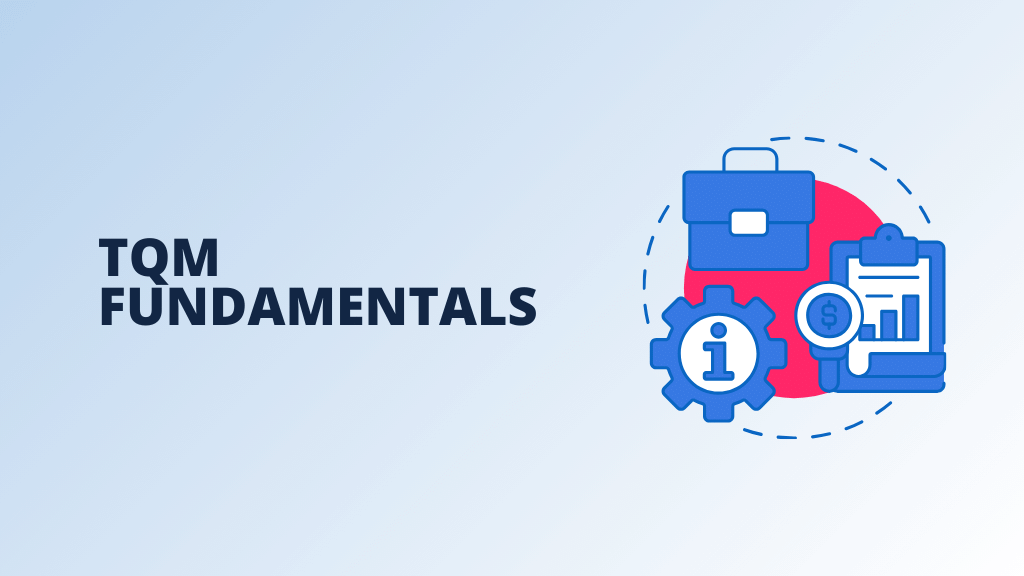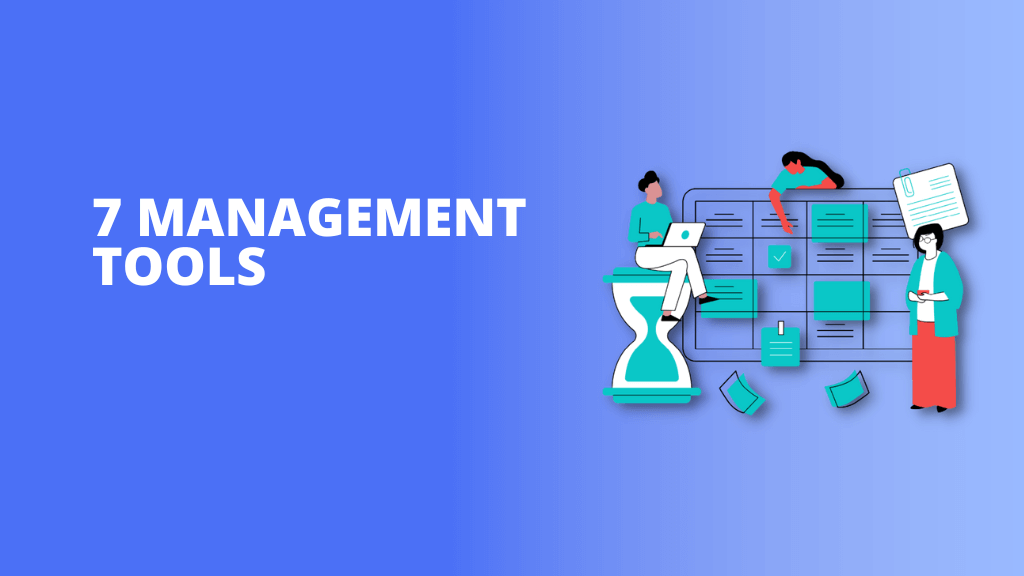QC story is one of the known methodologies to work on problem-solving. Here in this post, you will find the complete 7 steps of the QC story.
As a quality engineer, you will be working on problem-solving scenarios in the organization.
And the concept of QC story is the same to solve problems using the step-by-step approach to solve the problem by assigning the project and completion.
Introduction to QC Story
Before going for the detailed concept the application of QC Story is not only to quality problems but also to increase productivity, process cost, process performance, supply chain, etc., problems.
It is a means of communication, therefore QC story is both a problem-solving tool and also often a communication tool.
Why QC Story? | What is the purpose of QC story?
QC story is the way of problem presentation and demonstrates in a clear and easy manner to all organization levels.
It will benefit all employees who can understand the problems, their possible root causes, and the work processes. And all the responsible persons are included in the problem-solving.
Therefore a QC story is the documented process for better understanding to explain work procedures during the improvement efforts.
Definition
“QC STORY” is a problem-solving technique based on the examination of facts and data, with no speculation, intended for problems caused by a number of issues.
Years later, Nissan introduced it throughout the company, and the QC Story became one of the indispensable methods for Nissan’s increasing quality and productivity.
On the European continent, QC Story was introduced in 1992 at the Nissan factory in Sunderland (G.B.) later in Barcelona.
The Renault-Nissan Alliance is the occasion, within the framework of the SPR. to understand the reasons for this successful generalization of QC Story and to apply for its benefits.
So let’s dive into the steps involved in QC Story
Step1: Problem Definition / Problem justification – Emergency response
1.1 Brief Description of Problem:
It should include details of 5W-2H; present level and target
- What…happened?
- Where…did it happen?
- When…did it happen?
- Who…is complaining?
- Why…is ‘who’ complaining?
- How…was it discovered?
- How big…from the problem?

Here you need to specify the Current level based on the average data for the last 4 to 6 months.
1.2 Justification Use Trend graph or Pareto, Occurrence and/or severity as applicable
In this section, you will explain why we are working on this problem. And we have here the complete justification that for the purpose of solving this problem we will work to resolve the same.
We need to show how we know this is a problem.
1.3 Emergency Response:
If immediate protection of the customer is required, then this step can be included. Otherwise, it can be ignored. It can include containment action and immediate action to all over the operations and supply chain.
On successful implementation of step 4, this action should be removed.
Step 2: Observation of process – Understand the current situation

2.1 Observation of process
Prepare/use process flow diagram if required
Perform process walkthrough to verify if there is any non-adherence to standard practice, Specification/ SOP/ Control plan, etc.
2.2 Understand the current situation
Understand the situation based on Time-to-time, person-to-person, stream-to-stream, location-to-location, changes as applicable in the study.
Use of Sketches, photos, stratification, run chart, concentration diagram, histogram, control chart, etc as applicable

Here is where we explained the status of the issue before we started working to improve it.
Step 3: Analysis: Possible causes, probable causes – Testing of hypothesis and root causes
3.1 Identify the possible & probable causes
Use Cause & Effect diagram to identify possible causes

Use Experience, Engineering Judgment, Practical check on possible causes and eliminate invalid causes and arrive at the probable cause
3.2 Confirm the probable causes
Carry out Test of Hypothesis on Probable causes:
Apply Test of hypothesis based on the factual data. Decide validation of cause logically. You can use
- Good and bad product comparison
- Statistical comparative tools
- Change analysis on product or process since product/process launch
- Any other appropriate data-based tool
3.3 Identify the root causes
List the validated causes based on the above step using the root cause analysis.
Step 4: Actions
Carry out why-why analysis on valid causes & identify actions. Consider various probable actions.
Assign each corrective action a priority and stick to it. Involve the operators.
The use of color, limits, graphics, and instructions at the place where the corrective measure is to be applied are effective means of drawing attention to it.
Share the results with all interested parties!
Consider effectiveness expected, cost, ease of implementation, productivity, etc. to prioritize the solution
Step 5: Check
5.1 Verify the results
- Represent the data in the same way as in step 1.2
- Check the result in comparison with If expected result.
- If the expected result is not achieved seek an alternate action plan.

5.2 Carry out full-scale implementation :
Include appropriate data and graph to verify the results as mentioned in the justification (before & after etc)
5.3 Quantify Tangible benefits
a) return on investment
b) annualized savings
If the effects can be convert into gains (financial), this is preferable e.g. Return on investment, annualized savings
As far as possible, the effect of each action on the final result must be shown (by numbering them).
Step 6: Standardization
6.1 Updating of documents
Update all the relevant documents like Drawings/specifications, PFD, PFMEA, Control Plan, SOP, Checklist, etc. & mention the reference of the same.
6.2 Training
If the problem stems from the operating procedure, train the operator on the new standard.
Train people on new/modified SOP.
Train people to modify/develop SOS.

6.3 Additional audit or check
Check the quality level and how the operator functions with the new method/procedure for at least two weeks.
Carry out additional audits/checks to ensure adherence to the new
system & monitoring results achieved
we explain the steps that were to ensure that the implemented solution remains effective. We want to prevent the process from reverting to its previous so we can continue to hold the gains achieved by the process improvement.
Step 7: Conclusion

Finally, once we take all necessary actions and solve the problem, all results with progress are report to management. And an action plan is drawn for the causes that cannot be resolved now.
7.1 Horizontal deployment
Do the horizontal deployment by implementing the same actions to similar product and process steps.
7.2 Lessons learned
Summarize the learning from the project and in this last section, we list the problems that could be addressed next and the issue that has been selected to be the next project.






